Year after year, each team in the NHL grapples with the question of where they stand in terms of contending for the Stanley Cup. Teams like the Buffalo Sabres are stuck in a floundering state in the league’s basement, while the Tampa Bay Lightning have a seemingly unbeatable squad.
The Pittsburgh Penguins have had their own issues with where they stand on this meter for the past few seasons. A team that features Sidney Crosby and Evgeni Malkin will always be in the Cup conversation, but those two won’t be around forever. In fact, and this may feel frightening to hockey fans, we’re closer to the end of their careers than the beginning.
Win-Now Mode
Following the Penguins’ second Cup win in as many years in 2017, then-general manager Jim Rutherford vowed major changes to the team. While 2017-18 was a turning point year for the team, it marked the beginning of a strange era for the Penguins. The era of being in “win-now mode.”
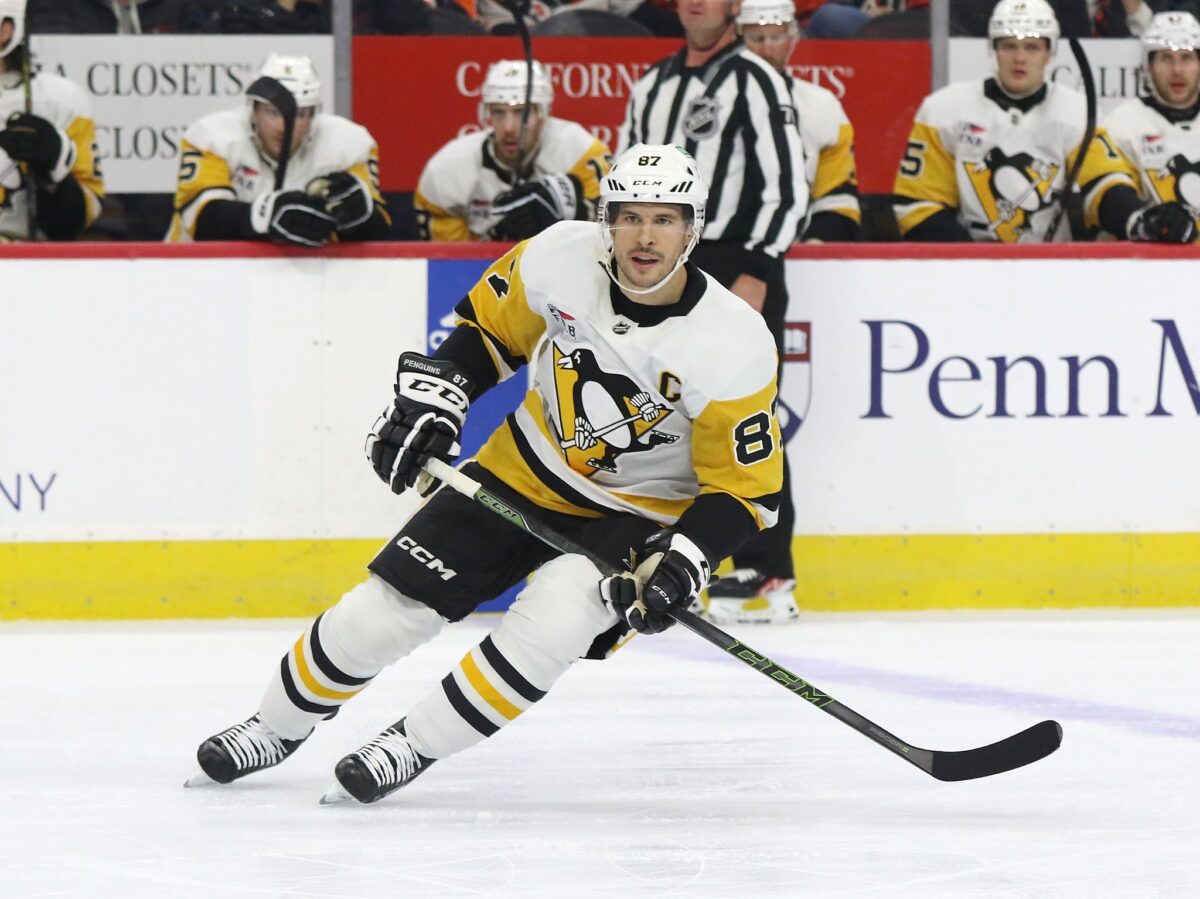
The definition of “win-now mode” is simple enough. Do whatever it takes to bring future Hall of Famers Crosby and Malkin one last Cup. The two aren’t getting any younger and it’s only a matter of time before their play starts to take a decline. “Win-now mode” also goes hand-in-hand with the questions around the Penguins’ “Cup window.” Is it still open? Can Crosby and Malkin still cut it in the postseason? Is the window already closed?
Bringing in young, bright players like Teddy Blueger and Kasperi Kapanen is a great way to help extend the Cup window and have a good grip on win-now mode. But there have been many missteps along the way and most of them only have one man to blame: Rutherford.
Rutherford’s Decision Making
While Rutherford’s intentions were in the right place with some of his moves, they did nothing to help the team and did a lot to compromise the future. You don’t have to look too much further than the contracts he signed off on following the 2018 Playoffs.
2018
On July 1, 2018, the Penguins signed 31-year-old defenseman Jack Johnson to a five-year, $16.25 million contract. This signing was immediately viewed as an awful contract by the fan base. Johnson wasn’t the same player he was after being picked third overall in the 2005 NHL Entry Draft. He wasn’t going to score 40 points and was a career minus-109 at that point.
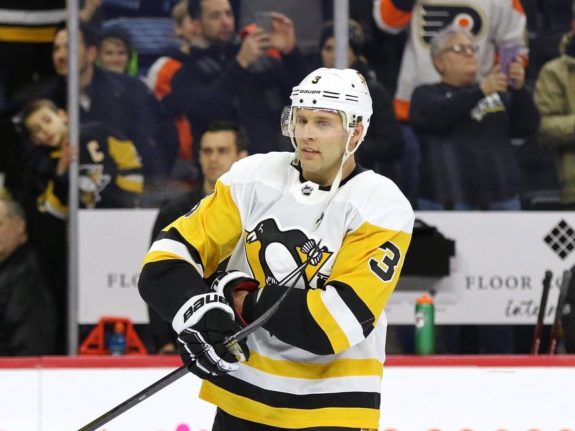
Only two logical explanations can be seen as to why the Penguins signed Johnson. He and Crosby went to Shattuck St. Marie’s together and became close friends, and Rutherford was the general manager of the Carolina Hurricanes who drafted Johnson in 2005. So, he’s a former Rutherford draft pick who has a Crosby connection.
The contract and experiment were both an utter disaster and the Penguins bought out Johnson before the 2020-21 season. While the buyout penalty isn’t huge, maxing out at $1,916,667 for the 2022-23 season, it is still an obstacle that needs to be hurdled every year until 2026, the year after Crosby’s current contract ends.
2019
Brandon Tanev has been a great addition to the team for what it’s worth and a much-needed shot of adrenalin at times. Where he hurts the Penguins, however, is yet again in the salary cap. On the opening day of free agency in 2019, Rutherford signed Tanev to a six-year deal worth $3.5 million per season. That’s way too high of a price tag for a guy that steadily plays on your fourth line. Adding a modified no-trade clause only makes him harder to move if things go downhill.
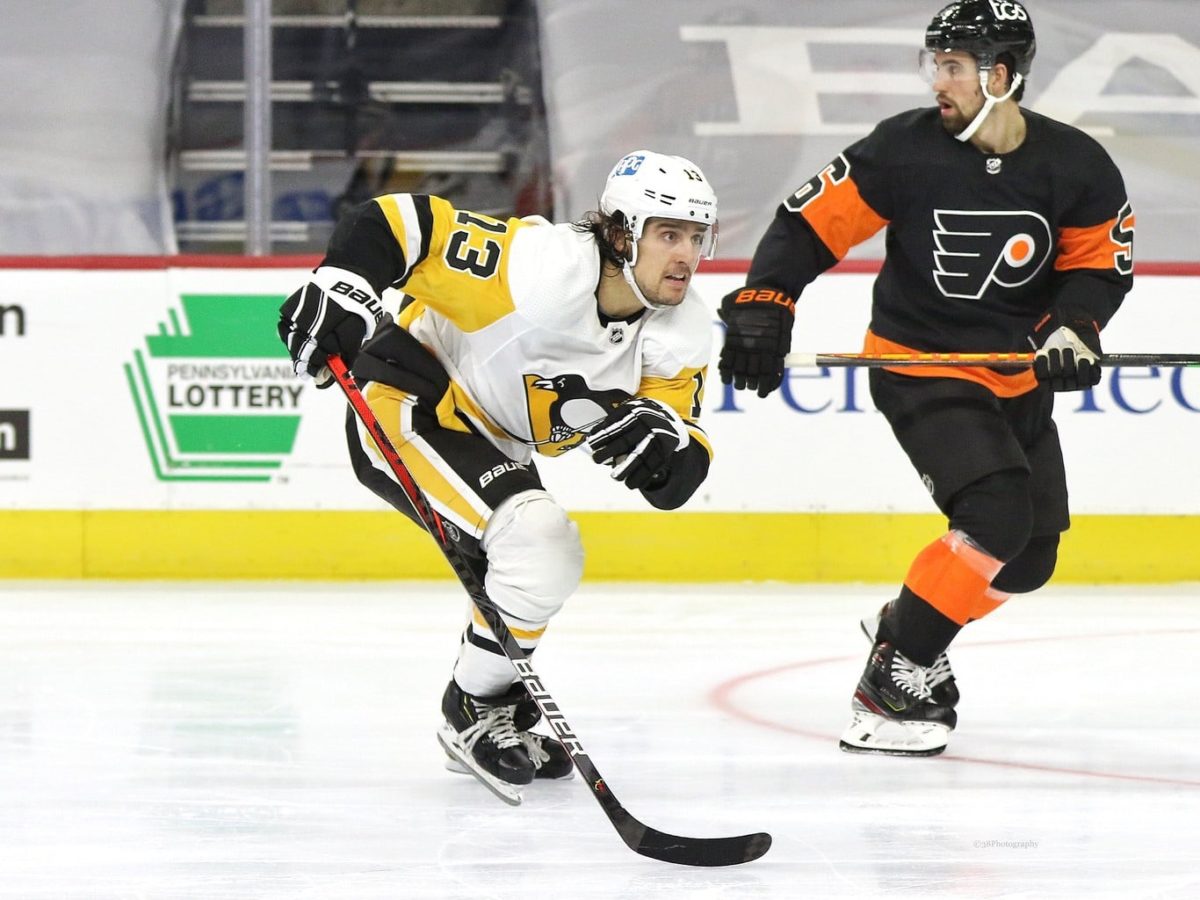
Given Tanev’s aggressive style of play, a sharp decline is possible. There is no doubt that he is a great teammate who helps win and has become a fan favorite, but you have to tread lightly with guys who like to throw the body. Thankfully for Penguins fans, the Seattle Kraken took Tanev off their hands at the 2021 Expansion Draft.
2020
Here is where we can pinpoint the beginning of the end of the Rutherford era. At the turn of the decade, the Penguins locked up one of their youngest players to a new contract. In Jan. 2020, defenseman Marcus Pettersson signed a five-year contract worth just north of $4 million per season. Now, the deal isn’t horrible, but that’s a lot of money to give a 23-year-old who was relatively inexperienced at the time.
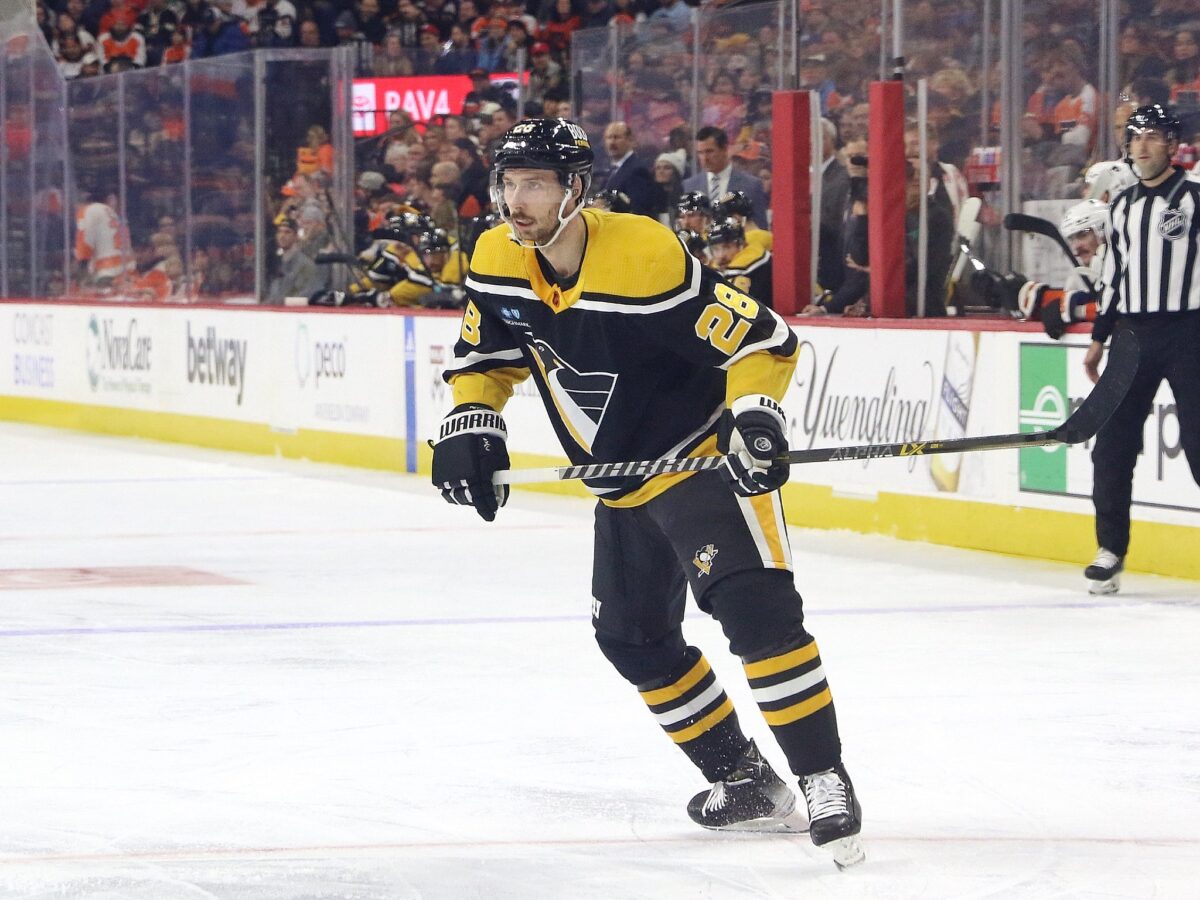
Now a season and a half later, the deal looks brutal. Pettersson spent most of the 2020-21 season on the third pairing and has been the leader in trade talks for a while now. All that, plus he was left exposed to Seattle for the Expansion Draft. His contract has another four seasons left, and the last two are accompanied by a modified no-trade clause. He’s been a useful blueliner, but he hasn’t been able to reach his full potential.
The 2020 offseason saw another young defenseman with tremendous upside sign a new deal with the Penguins. Early Sep. 2020, Jusso Riikola signed a two-year deal worth $1.15 million per year. That’s a great deal, but he played seven games after signing it. Maybe this situation is on the coaching staff not having faith in the 27-year-old defender, but he became wasted money.
You may also like:
- NHL Rumors: Canucks, Sabres, Penguins, Wild, Maple Leafs
- NHL Rumors: Maple Leafs, Wild, Penguins
- Penguins’ Best and Worst Trades of the Decade
- Remembering What Made Mario Lemieux the Greatest
- Best 2024 NHL Trade Deadline Additions
Following a second consecutive playoff collapse in 2020, the Penguins needed to get younger and faster any way they could. Rutherford used this as a reason to trade veteran fan favorite Patric Hornqvist to the Florida Panthers for forward Colton Sceviour and defenseman Mike Matheson. Let’s focus solely on Matheson, who did help the team get younger and faster but did it at an exorbitant cost.
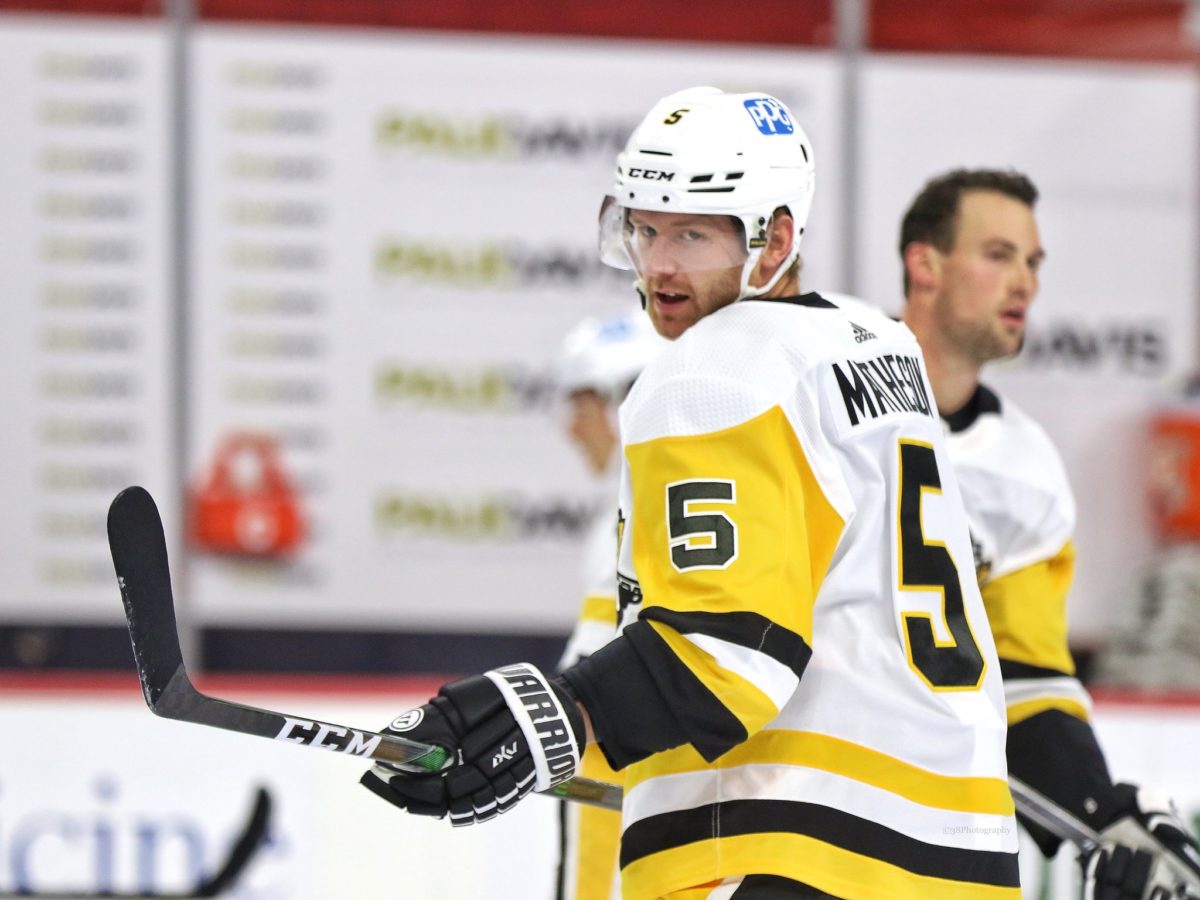
When Rutherford acquired Matheson, his contract had six years remaining at $4.875 million per year. At the time, that made him the second-highest-paid defenseman on the team and the player with the longest contract set to expire in 2026. He has great skating speed and exceeded expectations in his first season, but his contract leaves many confused. It’s such a large deal for a player who is prone to being the worst player on the ice at any given moment. The Penguins also dealt him over the 2022 offseason to the Montreal Canadiens for Jeff Petry and Ryan Poehling.
2021
Just 10 days before the puck dropped on the 2020-21 NHL season, Rutherford made his last big-time signing for the Penguins. And while it was a deal many could agree will be worth it one day, the player in question needs to revert to his rookie season form. John Marino signed a six-year deal worth $4.4 million.
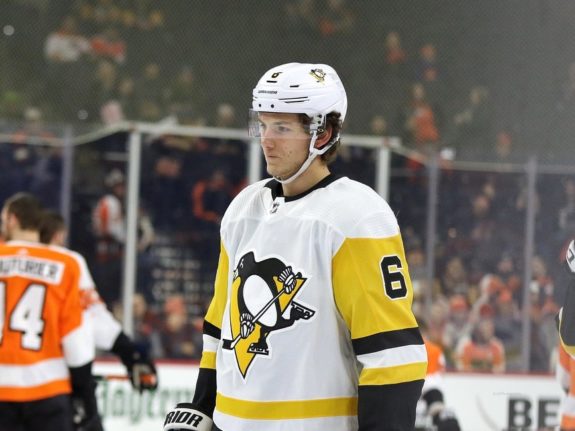
Marino had a phenomenal rookie season, and it’s what earned him the contract in question. During the 2019-20 season, in 56 games, he scored six goals and 20 assists for 26 points. He showed amazing potential to be a top blueliner for the Penguins down the road.
Much like Pettersson, Rutherford jumped at the idea of offering a young player a big deal without a lot of experience. Again, this contract was good and had the potential to be a knockout. But, as with any young player, it’s risky singing a player long-term at a high price after just 56 games in the league. Unfortunately, after a lackluster 2021-22 season, the Penguins traded Marino to the New Jersey Devils for a third-round pick and Ty Smith. In 64 games in 2022-23, Marino had 18 points. Meanwhile, Smith only played nine games for the Penguins that season.
All these signings don’t even dive deeper into some of the knee-jerk trades that Rutherford made in his final years with Pittsburgh. Usually trading away draft picks, the Penguins are beginning to feel the repercussions of his actions with one of the worst prospect pools in the NHL. While some deals worked out for the time like Jason Zucker, there have been more noteworthy bad trades.
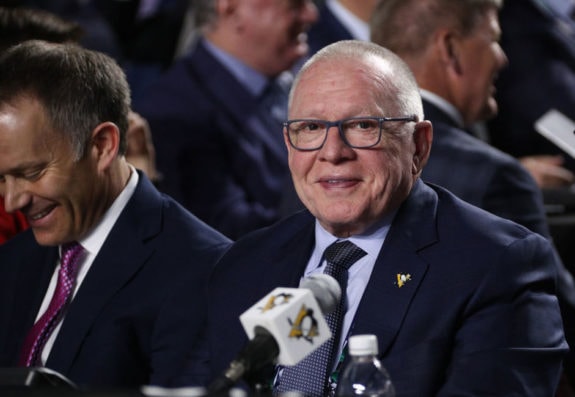
The Ryan Reaves deal turned into a disaster that they are still feeling the effects of. Tanner Pearson was traded away one-for-one for Erik Gudbranson, who spent parts of two seasons with the team. Or trading away Dominik Kahun to the Buffalo Sabres, thinking Conor Sheary would have an impact. All just reaction moves that didn’t have to be made.
In his final years with the team, Rutherford made a few questionable trades and signed multiple big contracts that are already causing issues with the Penguins. To be fair, no one could have predicted a worldwide pandemic would break out, causing the cap to stay stagnant for a few seasons, but this was the hand everyone was dealt. And what does he do when the water starts to get hot? He packs it in and leaves.
New Management
Rutherford created a mess with the Penguins’ salary cap and left it for someone else to clean up. On his way out, he only cited “personal reasons” for his resignation and no one may ever know the full reason for his departure. But the team had to move forward and find a replacement.
The Penguins picked up Ron Hextall as the new GM and Ron Burke as President of Hockey Operations. The two came in understanding that Pittsburgh has a good team but could use some improvements.
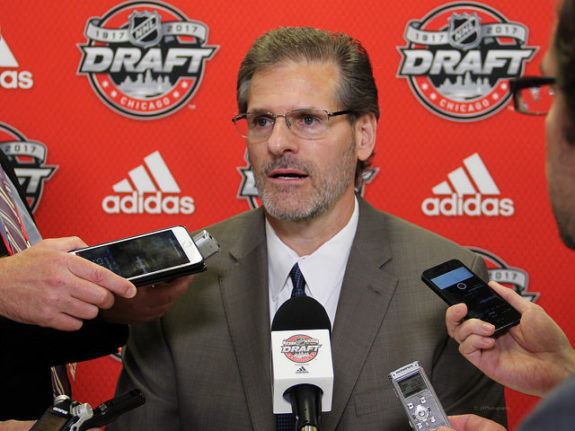
A third straight playoff collapse solidified that big improvements were needed. Leaders who couldn’t produce and a goalie who fumbled away an entire series. The new regime is eyeing ways to make this team their own and grow out of the Rutherford shadow. Multiple trades and signings could be coming in the near future.
Hextall and Burke, while wanting to see change, understood how important another championship is to Crosby, Malkin, and the City of Pittsburgh. They continued the mantra of win-now mode but kept a keen eye on the future. After the 2022-23 season, both were let go. As it stands, the Penguins have one of the worst prospect pools in the league and not a substantial amount of draft picks to help rebuild it. Moves are going to be made, and odds are we already saw the first one.
Casualties
If Hextall and Burke want to build a winning team while not sacrificing time from Crosby and Malkin’s career, they’re going to need cap space to do it. That means the business side of the sport has to rear its ugly head and bad trades will have to be made. We may have just bear witness to the first one with the Jared McCann dealing.
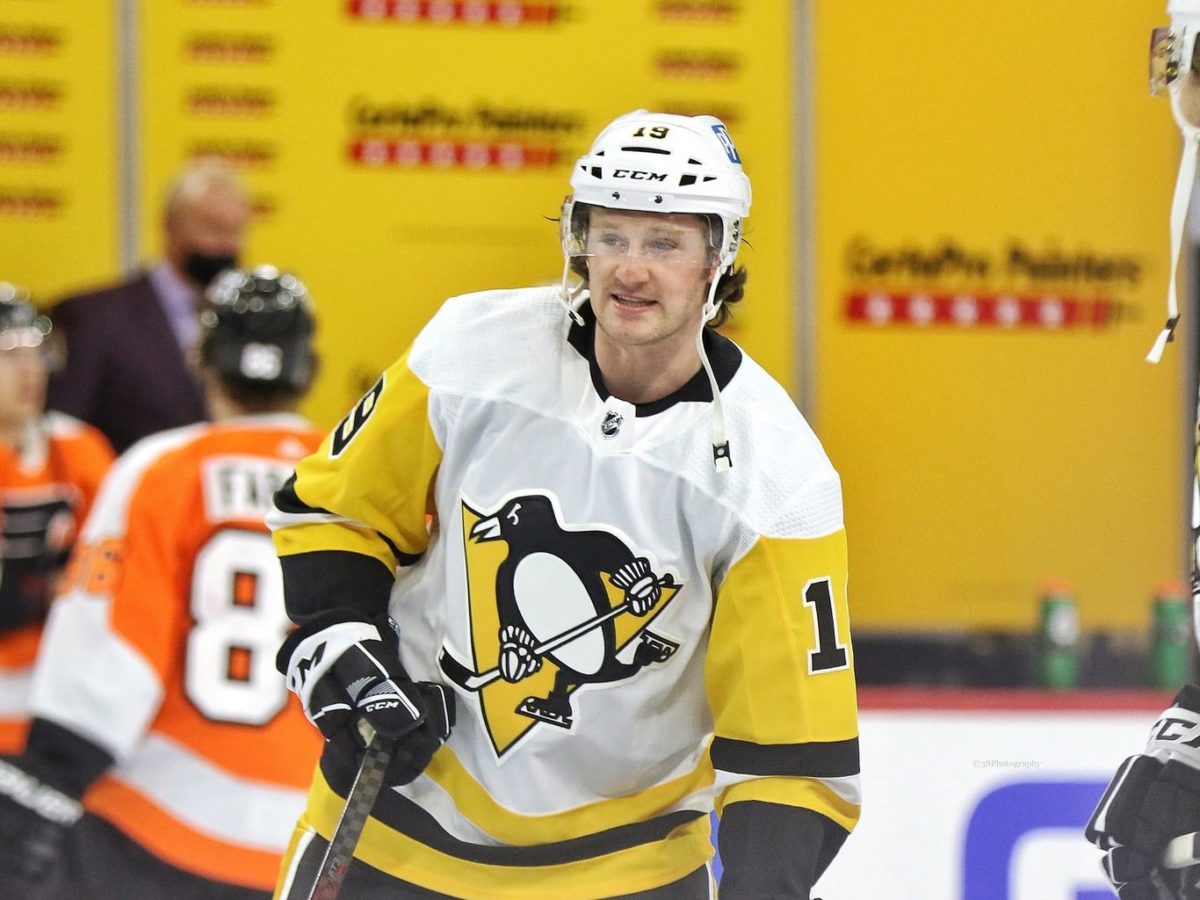
The Penguins felt there was no chance they’d be able to protect McCann from the Expansion Draft, so Hextall decided to gain some sort of return via trade. McCann was sent to the Toronto Maple Leafs for Fillip Hallander and a 2023 seventh-round draft pick. It’s a hard pill to swallow for Pens fans, but they might have to get used to it. There has to be more on the way.
Before the deal, the Penguins had multiple RFAs to tender offers to. Not to mention the couple of UFAs they may want back, but only $1 million worth of space to do it with. That’s thanks to Rutherford and his wheeling and dealing. Now they sit with almost $4 million in space and hope Seattle throws a bone and takes a big contract like Pettersson or Zucker.
Thanks to the many awful deals signed off by Rutherford on his way out the door, Hextall, Burke, and the Penguins have on some pretty tight handcuffs as they try and build a contender.
Rutherford brought Mike Sullivan, Phil Kessel, and most importantly, two Cups to Pittsburgh. But all that came at a price the Penguins are already repaying. Next to no solid prospects, you can build your future around. No cap space to think of. And contracts that aren’t going anywhere anytime soon. Sure, everyone wants the team to win now, but at what cost?
